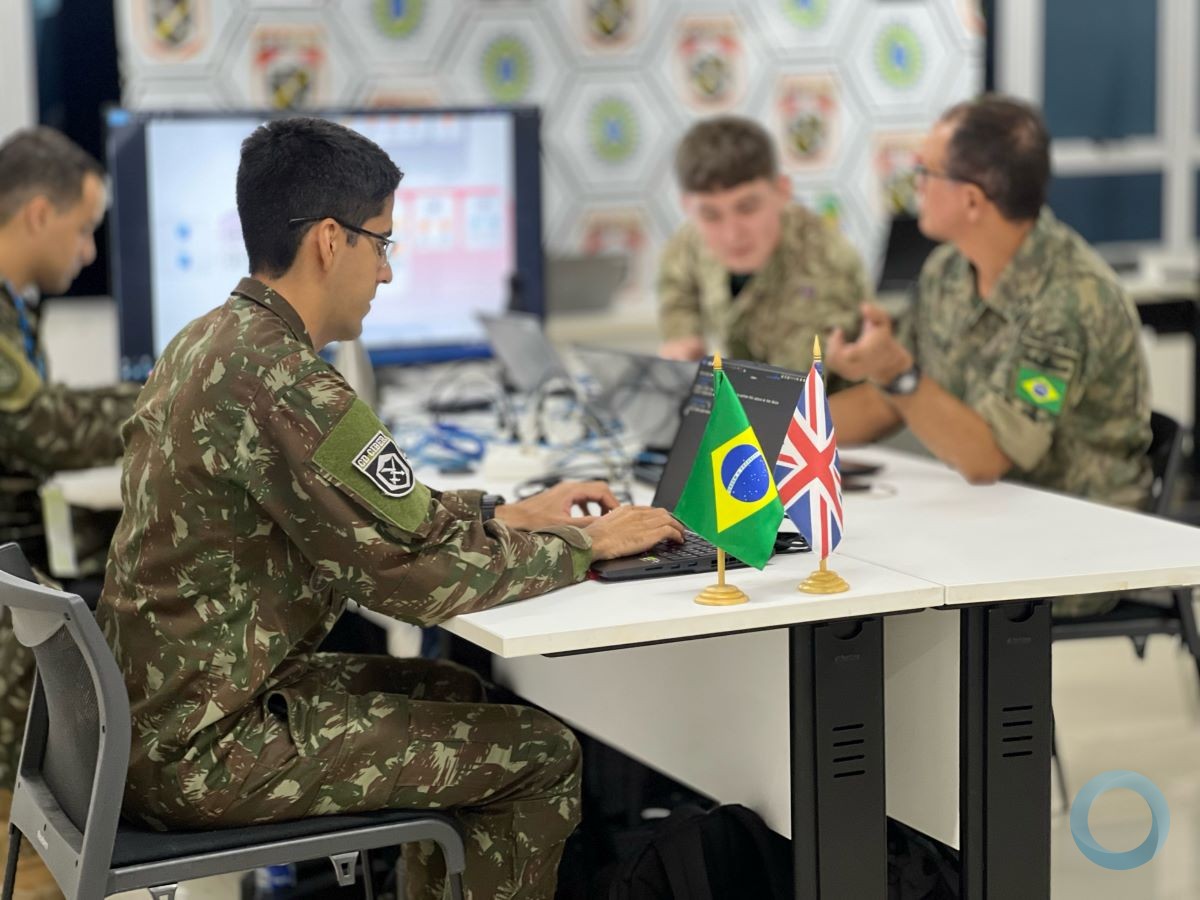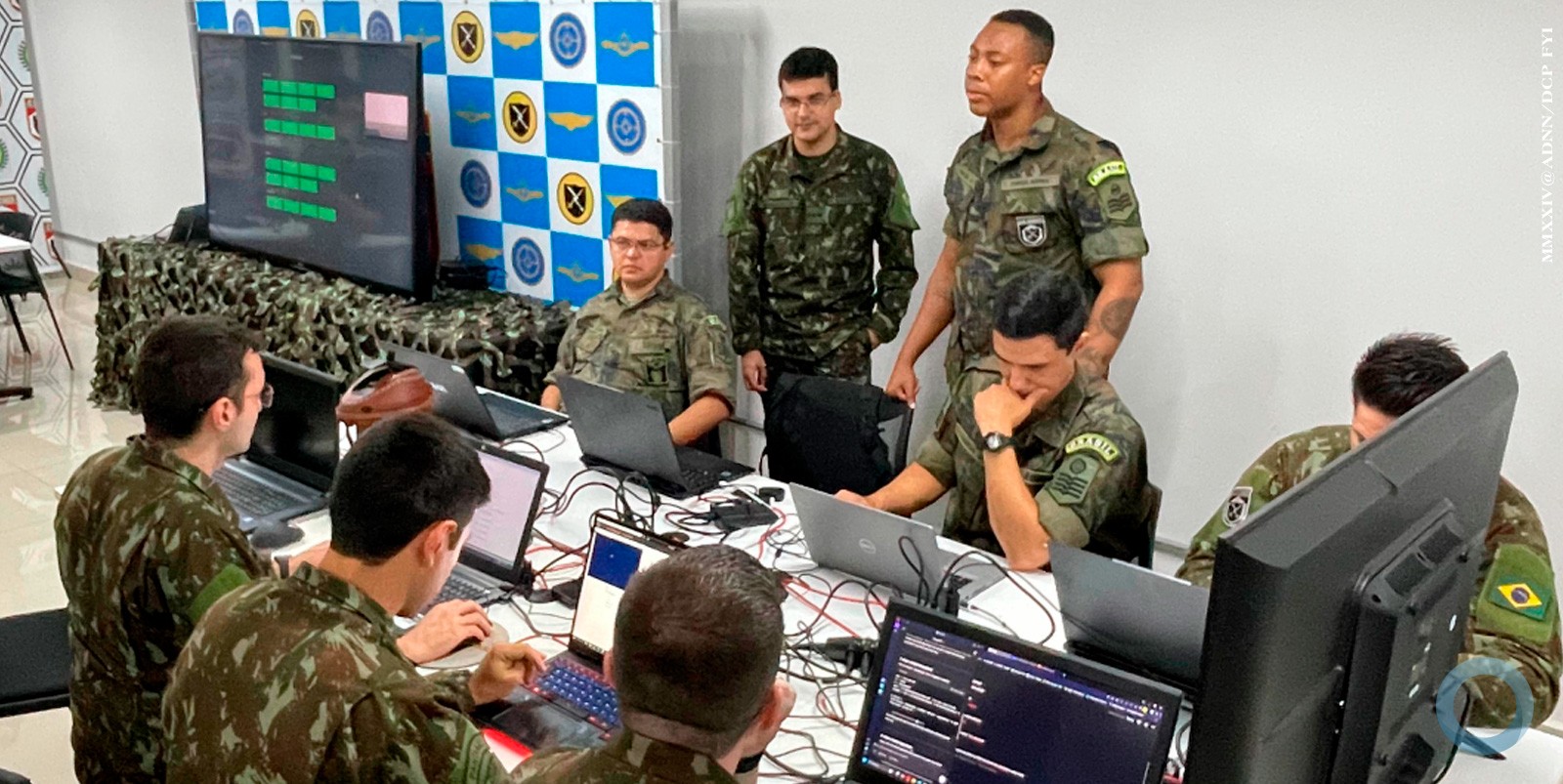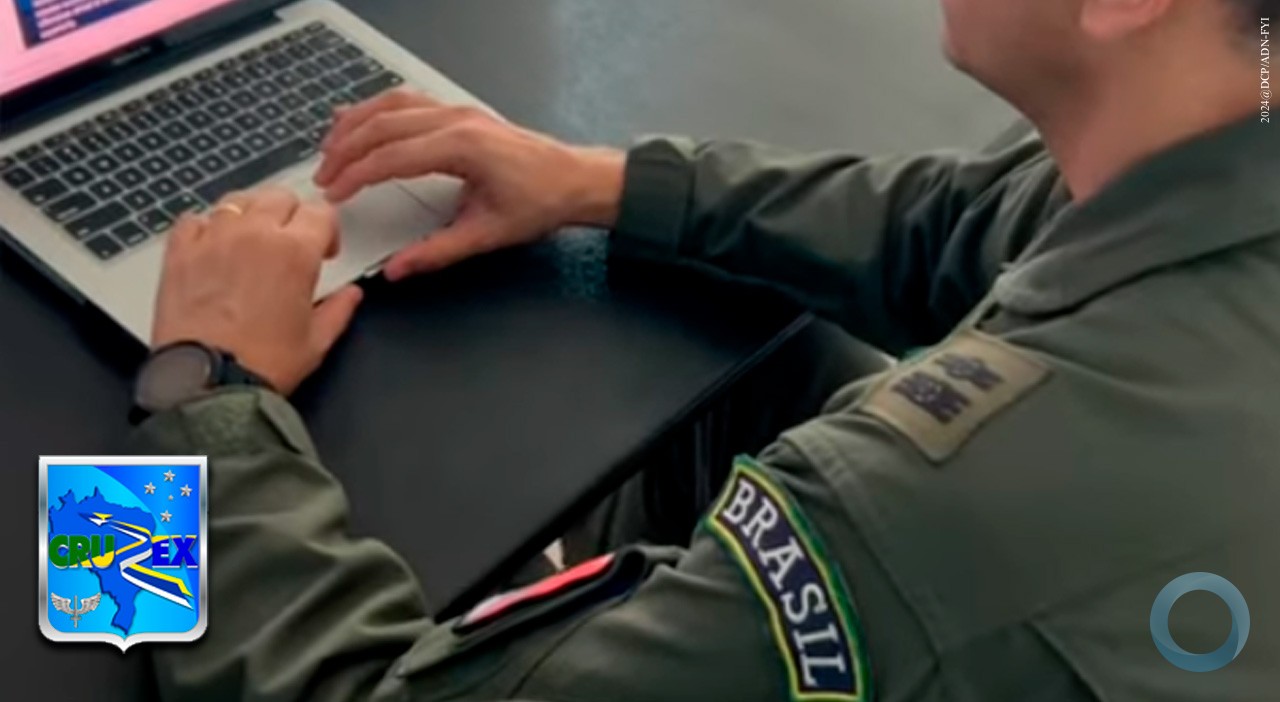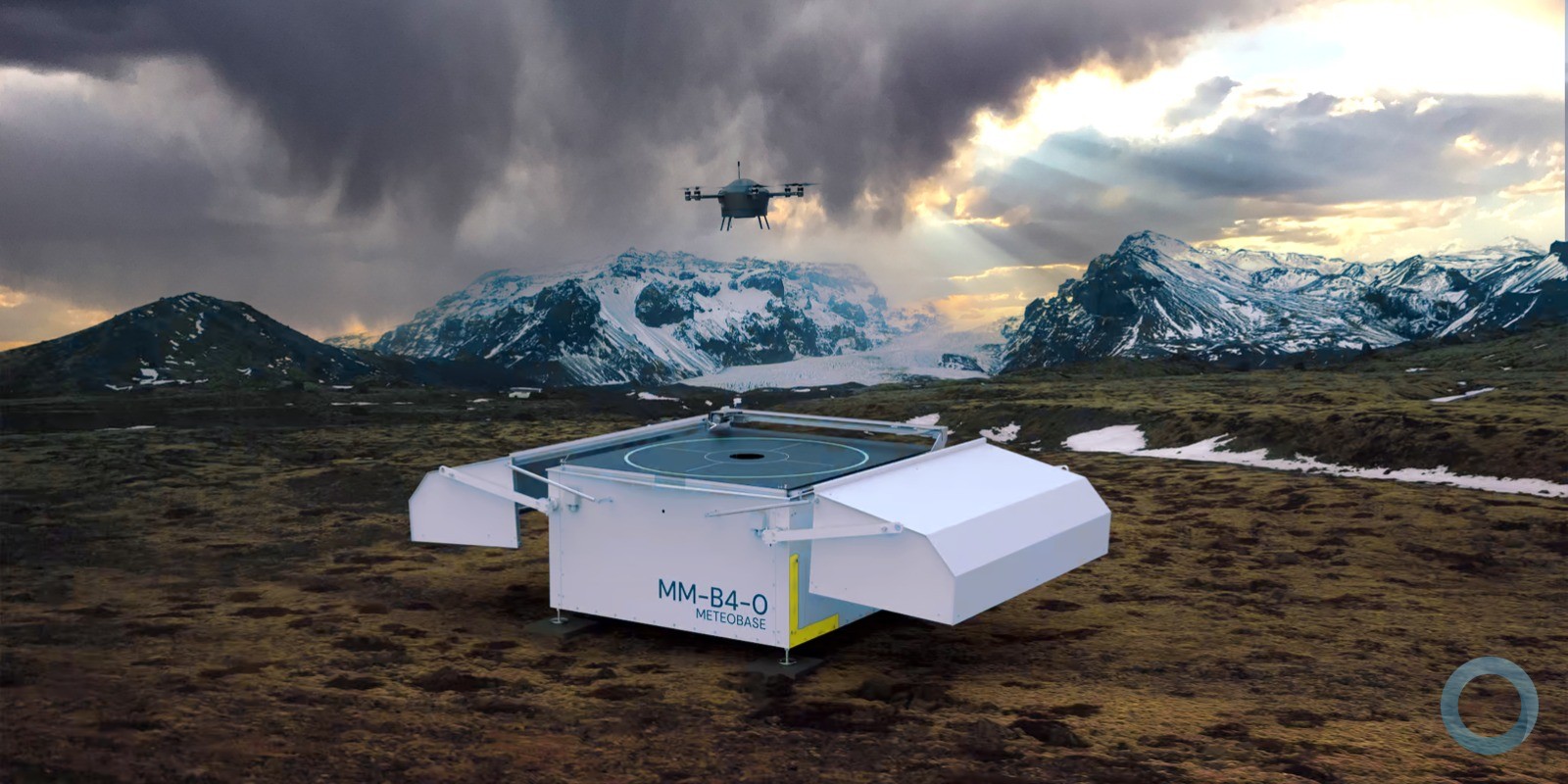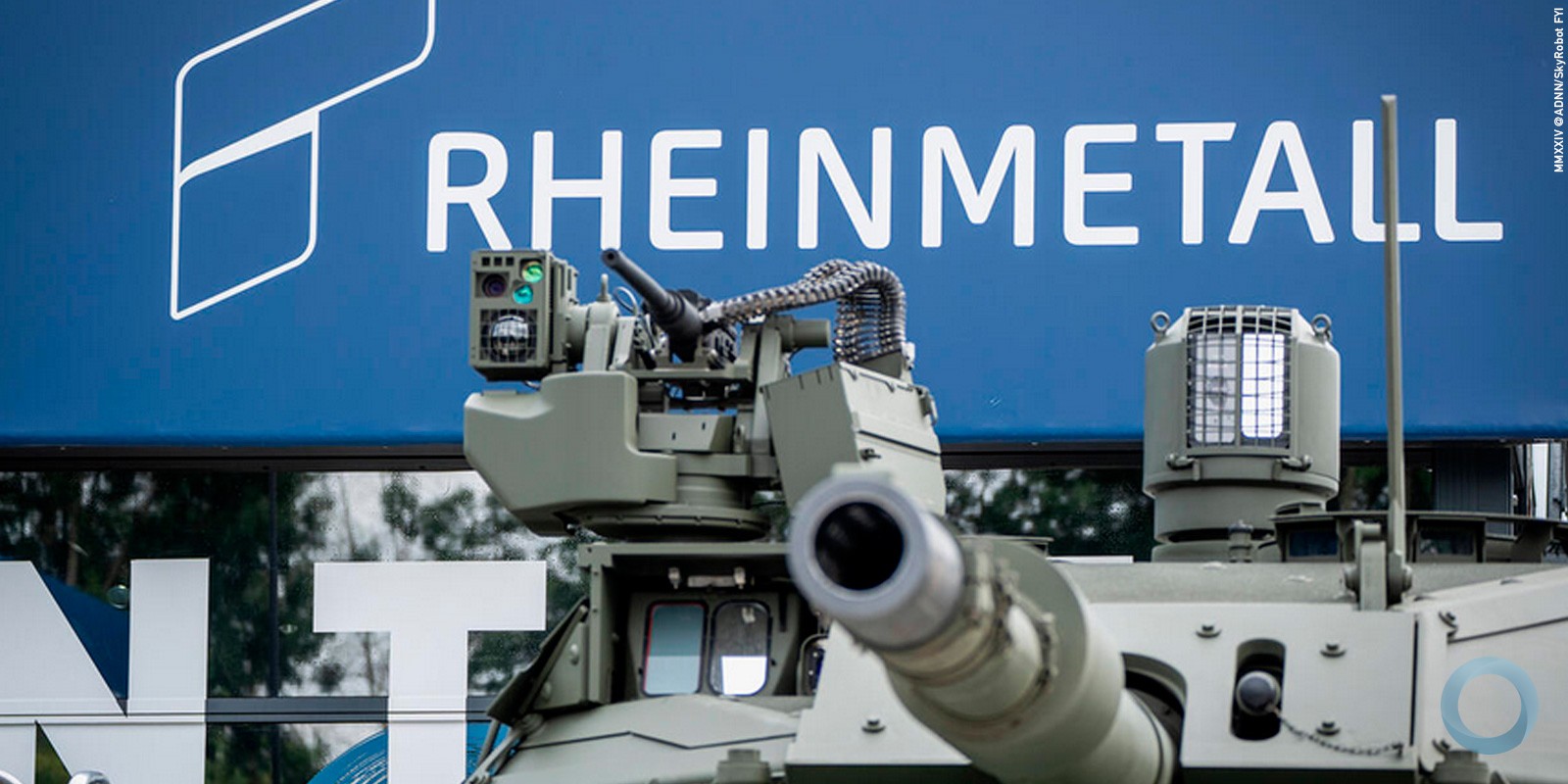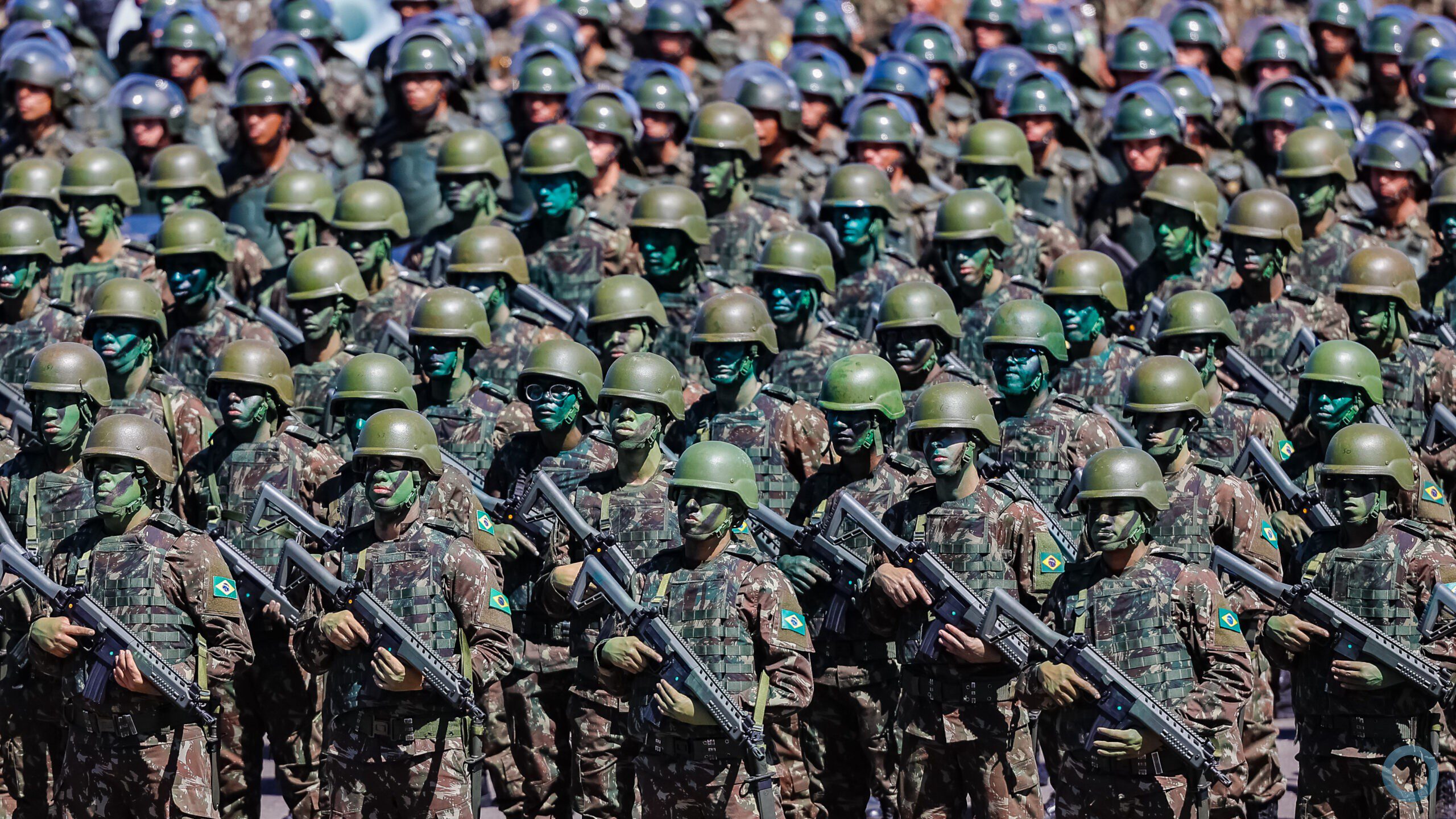Tenente Coronel Dom D. Ford, Major Arley V. Marx e Major Jay H. Anson
“The single biggest problem in communication is the illusion that it has taken place.”
George Bernard Shaw
Coalition building is a decades-old strategic challenge. Complexities abound in finding the right mix of interdependence, collaboration and cooperation among allies. Writing from his Manila headquarters in September 1940, General Douglas MacArthur likewise admonished national leaders regarding the inherent dangers of coalition failure. The future dual-hatted Supreme Commander for the Allied Powers and Commander of United Nations Command in Korea wrote, ”The history of failure in war can be summed up in two words: TOO LATE; … too late in uniting all possible forces for resistance; too late in standing with one’s own friends.”
Although commonly associated in military writing and research with the timeliness of logistics operations, General MacArthur’s quote firmly applies to interoperability between information sharing systems. The MacArthur Archives contain hundreds more similar messages sent between General MacArthur and the Joint Chiefs throughout World War II and the Korean War stressing the importance of interoperability between coalition forces.
General Dwight D. Eisenhower made similar observations in his own account of World War II, citing that allied effectiveness hinged on the development and employment of joint control capabilities. General Eisenhower provided as an information sharing example the timely distribution of Air Reconnaissance photos across all Allied Forces headquarters within hours of development.
He stated that, “The key to the matter is a readiness, on highest levels, to adjust all nationalistic differences that affect the strategic employment of combined resources…” Two premier U.S. strategists validated information sharing as paramount to coalition victory. Over several decades, brilliant military minds continuously tackled the complex joint issue of interoperability and cooperation among allies. Dominating cyberspace to securely share information with U.S. allies is both possible and vital to reestablishing American legitimacy as a genuine coalition leader and international partner.
Lessons Learned from a Decade of War
The joint staff has well documented the decline in coalition interoperability. U.S. innovation yielded incredible collaboration technology in the seventy years since Eisenhower and MacArthur. Despite these advancements, outside access to actionable intelligence, fires coordination, target packages, and common operational pictures is currently limited in contrast with the level of cooperation with World War II allies. During Joint-Interagency-Interdepartmental-Multinational (JIIM) operations, interoperability shortfalls breed divisiveness, add to the friction of war, and often lead to catastrophe. Interoperability is a JIIM challenge highlighted in the Defense Department’s Joint Professional Military Education policies as a key area for leader development. Research conducted by the CJCS Directorate for Joint Force Development (J7) reveals significant interoperability shortfalls and data distribution challenges. Particularly, the Joint Center for Operational Analysis’ (JCOA) Decade of War compilation confirms the U.S. Department of Defense's (DoD) deficiencies. Of the eleven strategic themes depicted in Figure 1, three directly apply to coalition information sharing:
- The U.S. communicates goals and desired end states with coalition partners, inconsistently. Allies often feel part of a coalition in name only with no viable system for interoperability and information sharing. U.S. lead-nation status in a coalition is synonymous with “only nation” status and is counterproductive.
- Mission command across a multinational coalition requires information sharing technology supporting a variety of doctrine, cultures, languages, and budgets. Findings revealed weaknesses in fratricide prevention, deployment planning and execution, and coalition information sharing.
- Coalition Operations. DoD contributions to the whole of government approach requires refinement. Unity of effort requires policies and processes that support interoperability during JIIM operations.
The Decade of War study identifies interoperability as key to achieving strategic wartime objectives in a JIIM operational environment. The DoD recently gained momentum in adapting data networking technology and posturing the military service to support the whole of government approach. The ongoing efforts towards interservice collaboration are equally applicable to multinational coalitions. Unity of effort requires an information sharing network that supports all coalition partners.
The Cyber Security Paradigm
Cyberspace and cyber security is fundamentally misunderstood by the vast majority of DoD and U.S. government leaders. Misguided efforts to protect the network often obscure the difference between controlling access and the preventing proliferation by state or non-state adversaries. Many advocate a virtual “Cyberspace Curtain” around the Department of Defense Information Network (DoDIN) is the best way to enforce network security policies. Many leaders remain anchored to these solutions sets based on cyber security concerns.
The United States only recently added cyberspace to the national narrative. In January of 2012, President Barack Obama and then Secretary of Defense Leon Panetta refined strategic guidance directing the joint force “recalibrate its capabilities and make selective additional investments to succeed.” After a thorough cyberspace threat analysis the following year, the U.S. National Intelligence Director designated cyberattack the number one strategic threat to the country, surpassing terrorism. The national security narrative classified the cyberspace domain as a national vulnerability under constant threat of catastrophic attack; prioritized protection, resiliency and survivability; and fostered a climate of extreme cautiousness to excessive access, limited information sharing and even complete avoidance. The manner in which unclassified and classified networks are interconnected at multiple points throughout the internet makes DoDIN interaction with the global information grid problematic.
The cyberspace domain is essentially based on the science of moving digital images between manmade devices via electromagnetic waves. In today’s connected world, state and non-state actors seek out vulnerabilities in data systems to exploit and attack. The enemy’s goal is to destroy, disrupt, deny, degrade and or steal data for economic, military or political gain. The security measures inherent with operating between the DoDIN and the global information grid makes cyberspace operations extremely challenging. Deterrence and other strategies successful in air, land and sea domains require patience and experience during implementation, along with a basic knowledge of the enemy’s capabilities and technology required. It took DoD the entire span of American history and meticulous development of technology over time to dominate the four original domains. In contrast, the universal nature of cyberspace fosters an unrealistic expectation of immediate domination despite the absence of resident expertise or intelligence on enemy capabilities.
The anxiety created with each reported cyberspace incident and exacerbated by overexposure in the media results in a corresponding escalation of security concerns and calls for increased defensive posture. The cyberspace domain is commonly portrayed as a dangerous and non-permissive operational environment. With little mention in mainstream media of defensive strategies implemented, one can assume that a strategy either doesn’t exist or is not possible. In dealing with so many unknowns, national security experts advocate a virtual “cyberspace curtain” to close off the DoDIN almost completely. Defense-oriented mindsets resist adapting new technology in favor of hardening known system architecture against adversaries and often exclude allies in the process.
A virtual cyberspace curtain would increase the number of network devices, essentially adding potential points of vulnerability enemies can target. Mitigating risk by adapting new technology is a sustainable strategy in other domains and absolutely pertinent to cyberspace. U.S. Navy vessels enter the uncertainty of international waters, contending with risks and vulnerabilities daily to protect national interests. The Navy adapts technology and overcomes the sea domain’s host of threats to keep sailing and dominating international waters. The concept is similar to DoD users leaving the segregated, monitored, and defended DoDIN to venture out into the global information grid.
The major difference is that cyberspace is based on precise mathematics compared to unpredictable oceanic and atmospheric conditions. DoDIN architects and leaders must stay engaged, embracing new technology to outmaneuver adversaries and dominate the cyberspace domain.
Adapt, Improvise, and Overcome
Interoperability deteriorates when coalition leaders establish barriers and elect not to innovate. DoD adaptation already underway is critical to cyberspace domain dominance. Adjusting strategy, force structure, and infrastructure for cyberspace operations required revisiting DoD’s defensive focus. The Cyber Mission Force (CMF) emerged as America’s first responder for cyber defense. The CMF found initial cyber defense measures markedly inadequate and internet security an afterthought.
For greater force structure, DoD tasked the Director, Defense Information Systems Agency (DISA) with creating Joint force Headquarters (JFHQ) DoDIN to direct defensive cyberspace operations as a component of United States Cyber Command. The agency provides DoDIN connectivity and enterprise services globally “to joint warfighters, national-level leaders, and other mission and coalition partners.” In short, DISA is responsible for network communications during JIIM operations.
The reorganization of DISA into a CMF and JFHQ supports the process of consolidating and collapsing the DoDIN into a shared enterprise service infrastructure called Joint Information Environment (JIE). The JIE goal is a single security structure using global network architecture easier to monitor and defend (see Figure 2). The JIE framework protects information systems and enhances the capability to detect and react to security breaches.
Adaptation started in 2011 includes networked operations centers, cloud-based applications and services, and consolidated data centers. Nested with U.S. policy on cyberspace interoperability, DISA policy authorizes coalition partners to authenticate, collaborate and maneuver within the cloud.
DoD Instruction 8520.03, “ Identity Authentication for Information Systems,” requires public key infrastructure (PKI) for both authentication and network encryption management. The sole requirement for DoDIN eligibility is, “…the trustworthiness or suitability determination required for an individual to be granted a DoD network account should be in line with the background investigation requirement for conducting computer activities.” By design, the policy focuses on credibility and appropriate level of responsibility and not nationality. The language is clearly meant to facilitate access and not restrict it.
DISA supports the whole of government approach by delivering connectivity and enterprise services to coalition partners, intergovernmental organizations, agencies, and industry. The strategic goal is to collapse today’s multiple networks (NIPRNET, SIPRNET, Coalition, etc.) into a single, interoperable network. Avoiding new technology and restricting access does not support the strategy.
A more defensible DoDIN includes adapting PKI and cloud computing technology. DISA policy on interoperability aligns with DoD Chief Information Officer (CIO) guidance on the acquisition and use of commercial cloud computing. DISA and DoD policies drive the development of interoperable networking technologies to improve coalition performance, reliability, adaptability, and security.
Coalition partners accessing the DoDIN is not unprecedented. National Defense University (NDU) policy authorizes enrollment of international military students into the JPME program. JPME is one of the few areas of the international defense community where the U.S. interoperability narrative is so fully supported. Appendix D-A-1 of the NDU policy addresses administrative issues to include technology support whereby the provisions of DoD’s previously mentioned instructions on “ Identity Authentication for Information Systems” apply.
Each year hundreds of international students receive a first class education involving tactical, operational, and strategic levels of war. Each one is granted access to the DoDIN and use the same technology and resources as U.S. students. Existing information sharing systems require very little adaptation of technology. PKI adequately controls security and access to the areas of the DoDIN for U.S. and international students alike. NDU appears to organize its databases in a way similar to the mission threads used in Afghanistan. International military students fully access all information required to successfully operate as part of an academic coalition under the Seminar Group construct show in Figure 3 and undergo the same application process for DoDIN accounts. NDU’s structure provides a viable example for others to emulate.
The JIE design fully supports interoperability and answers the question regarding DoD response to cyberspace threats. Adaptation in land, air, and sea domains means building better tanks, planes, and ships. JIE does the same for the cyberspace domain. It is the future model for partnerships between not only the four military services, but interagency, multinational, and beyond. Of JIE’s three lines of operation: governance, operations, and technical synchronization, the latter requires the most adaptation. Securing the cyberspace infrastructure while cutting costs and preparing future technology is challenging; the change required goes beyond implementing next-generation capability. Joint leaders, must move past network-centric information sharing to a data-centric sharing strategy where the information required is immediately available at the point of need.
As JIE continues to take shape, efficiencies and cost savings from the consolidation of redundant capabilities is the greatest benefit. Hardware-based solutions require separate suites of expensive equipment to separate traffic specific to each network. From a coalition interoperability standpoint, building separate paths to reach the same information is counterproductive in a data-centric information environment.
Conclusion
The United States is losing credibility as a world leader in coalition building. Sharing information with allies increases efficiency across domains and geographic boundaries in today’s constrained fiscal environment. Empowering coalition partners through better interoperability is possible. As lead nation in a number of ongoing coalitions, U.S. policy correctly remains focused on applying, aligning and communicating goals and desired end states with its allies. JIE’s construct is a way to put policy into practice. Emerging technology such as cloud computing and data-centric networks can satisfy multinational interoperability requirements.






